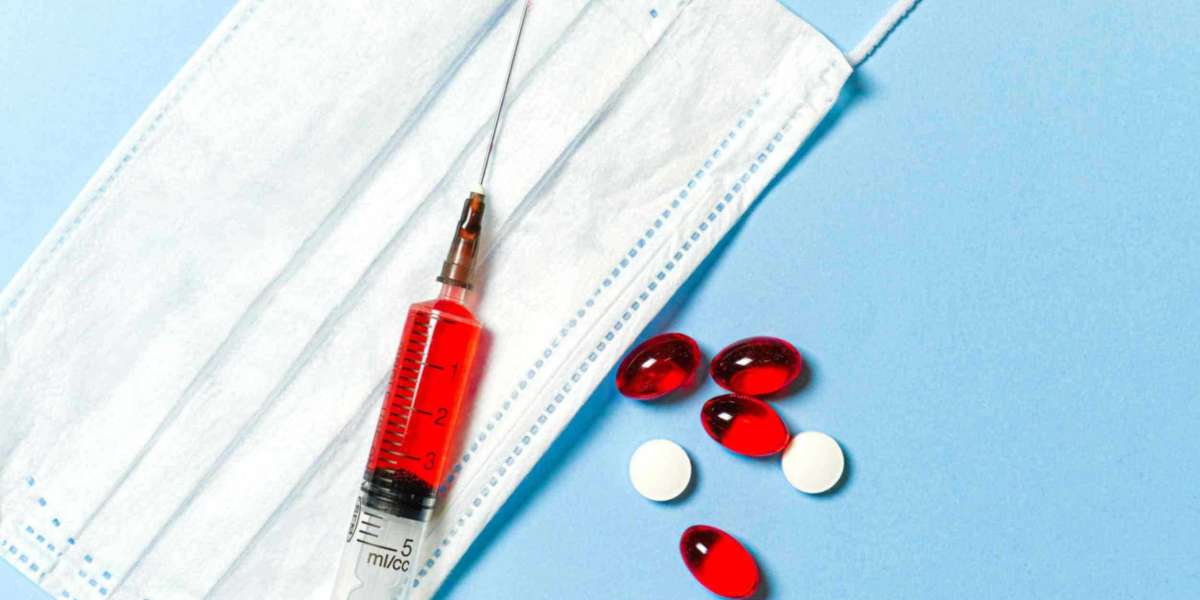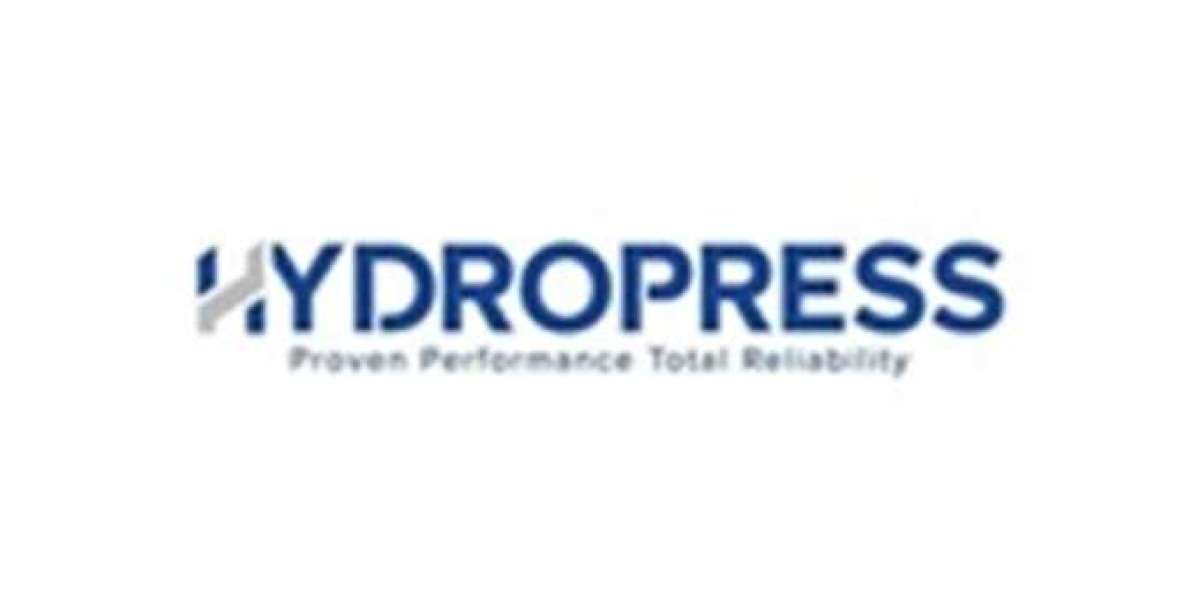Back pain is a significant issue in the United States, affecting millions of people daily. From sitting for long hours at work to lifting heavy objects, various lifestyle factors contribute to this widespread problem. While traditional treatments such as medication, physical therapy, and surgery are commonly used, they often fall short of providing long-term relief. Plasma injections, also known as Platelet-Rich Plasma (PRP) therapy, are emerging as a popular alternative for back pain relief.
In this blog, we will walk you through the step-by-step process of plasma injections, explaining how they work, what to expect, and how they can provide lasting relief for chronic back pain.
Step 1: Consultation and Assessment
The first step in the plasma injection process is a thorough consultation with a qualified healthcare provider. This step is crucial to determine if PRP therapy is the right choice for your back pain. During the consultation:
Your doctor will ask about your medical history, current symptoms, and any previous treatments you’ve tried.
Imaging tests like X-rays or MRIs may be ordered to identify the exact cause of your back pain, such as herniated discs, degenerative discs, or inflammation.
The doctor will assess whether PRP therapy can address your specific condition.
This consultation helps create a personalized treatment plan to ensure the best possible results.
Step 2: Blood Collection
Once PRP therapy is deemed suitable for you, the next step is collecting your blood. The process is quick and similar to having blood drawn for a routine lab test:
Using a sterile syringe, a tiny volume of blood—usually between 30 and 60 milliliters—is extracted from your arm.
The blood is then placed in a special container for the next step in the process.
Since plasma injections use your own blood, there is no risk of allergic reactions or rejection, making this a safe and natural treatment option.
Step 3: Preparing the Platelet-Rich Plasma (PRP)
The collected blood is then processed using a centrifuge, a machine that spins at high speeds to separate the blood components. This is a critical step because it isolates the platelet-rich plasma from other parts of the blood, such as red blood cells.
Here’s what happens during centrifugation:
The spinning process separates the blood into layers.
The concentrated platelets, which are rich in growth factors and healing proteins, are extracted from the plasma.
The final product is a solution of Platelet-Rich Plasma, ready to be injected into the targeted area of your back.
This preparation ensures that the plasma is packed with growth factors that can stimulate tissue repair and reduce inflammation.
Step 4: PRP Injection into the Targeted Area
Once the PRP is prepared, it is carefully injected into the precise area of your back that is causing pain. To ensure accuracy and safety, doctors often use imaging technology such as ultrasound or fluoroscopy during the procedure.
What to anticipate throughout the injection procedure is as follows:
To avoid infection, the treatment area is sanitized and cleansed.
To reduce discomfort, a local anesthetic may be administered.
The PRP solution is injected directly into the targeted area, such as damaged discs, joints, or inflamed tissues.
The entire procedure typically takes 30-60 minutes, and most patients can go home the same day.
Step 5: Post-Injection Recovery and Care
After receiving plasma injections, a short recovery period is required. While PRP therapy is non-surgical and minimally invasive, some aftercare is necessary to optimize results. Here’s what to expect:
Mild soreness or swelling at the injection site is common for the first few days. The healing process naturally includes this step.
Rest is advised for 24-48 hours, though most patients can resume light activities shortly after the procedure.
Avoid strenuous activities or heavy lifting for a few weeks to allow the PRP to work effectively.
Over-the-counter pain relievers like acetaminophen can be used, but anti-inflammatory medications (like ibuprofen) should be avoided, as they can interfere with the PRP’s healing effects.
In order to track your progress and make sure your back is healing properly, your doctor could set up follow-up sessions.
How Long Does It Take to See Results?
How long before I feel better?" is one of the most often asked questions regarding PRP therapy. The degree of tissue damage and the intensity of your back pain determine how long it takes to heal.
Some patients notice improvement within a few weeks.
For others, it may take 4-6 weeks to experience significant pain relief as the PRP gradually repairs tissues and reduces inflammation.
The full benefits of PRP therapy can continue to develop over several months.
Because PRP stimulates the body’s natural healing process, the results are often long-lasting compared to traditional pain management methods.
Why Are Plasma Injections Gaining Popularity?
More Americans are turning to plasma injections for back pain relief because they offer several key benefits:
Non-Surgical Solution: PRP therapy is minimally invasive, avoiding the risks and recovery time associated with surgery.
PRP: is safe and natural because it uses your own blood, reducing the possibility of problems or allergic responses.
Long-Lasting Relief: By targeting the root cause of pain and promoting tissue regeneration, PRP provides longer-lasting results than pain medications.
Quick Recovery: Most patients can return to normal activities within days, making PRP ideal for busy lifestyles.
Final Thoughts: A Modern Approach to Back Pain Relief
Plasma injections offer a safe, natural, and effective alternative for Americans struggling with chronic back pain. By leveraging the body’s own healing abilities, PRP therapy addresses the underlying causes of pain, rather than simply masking symptoms.
If you’re looking for a non-surgical solution to back pain that provides real, lasting results, consider plasma injections. To find out more about PRP therapy and whether it's the correct choice for you, speak with a trained medical practitioner.
Click here for another blog.





















